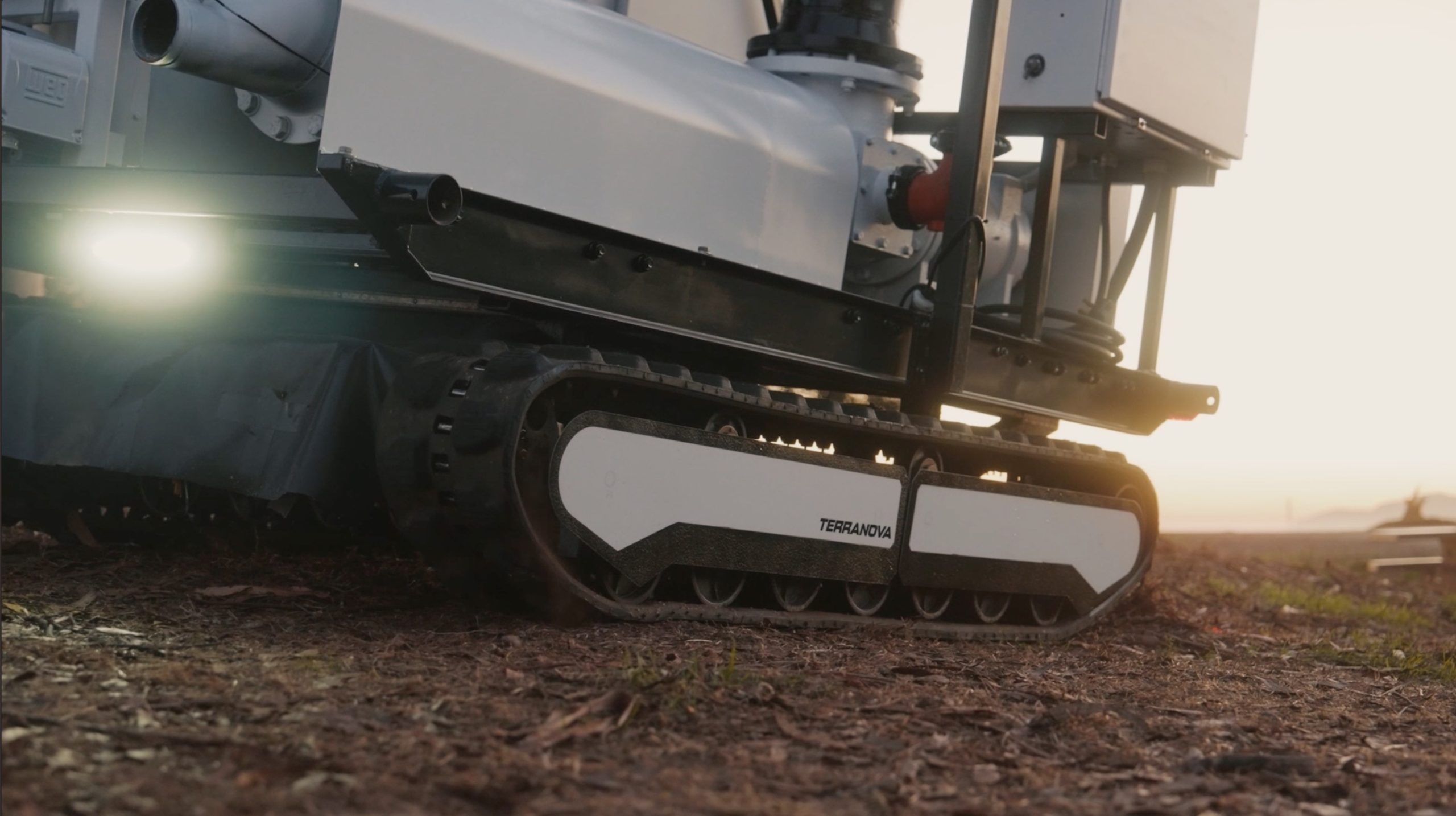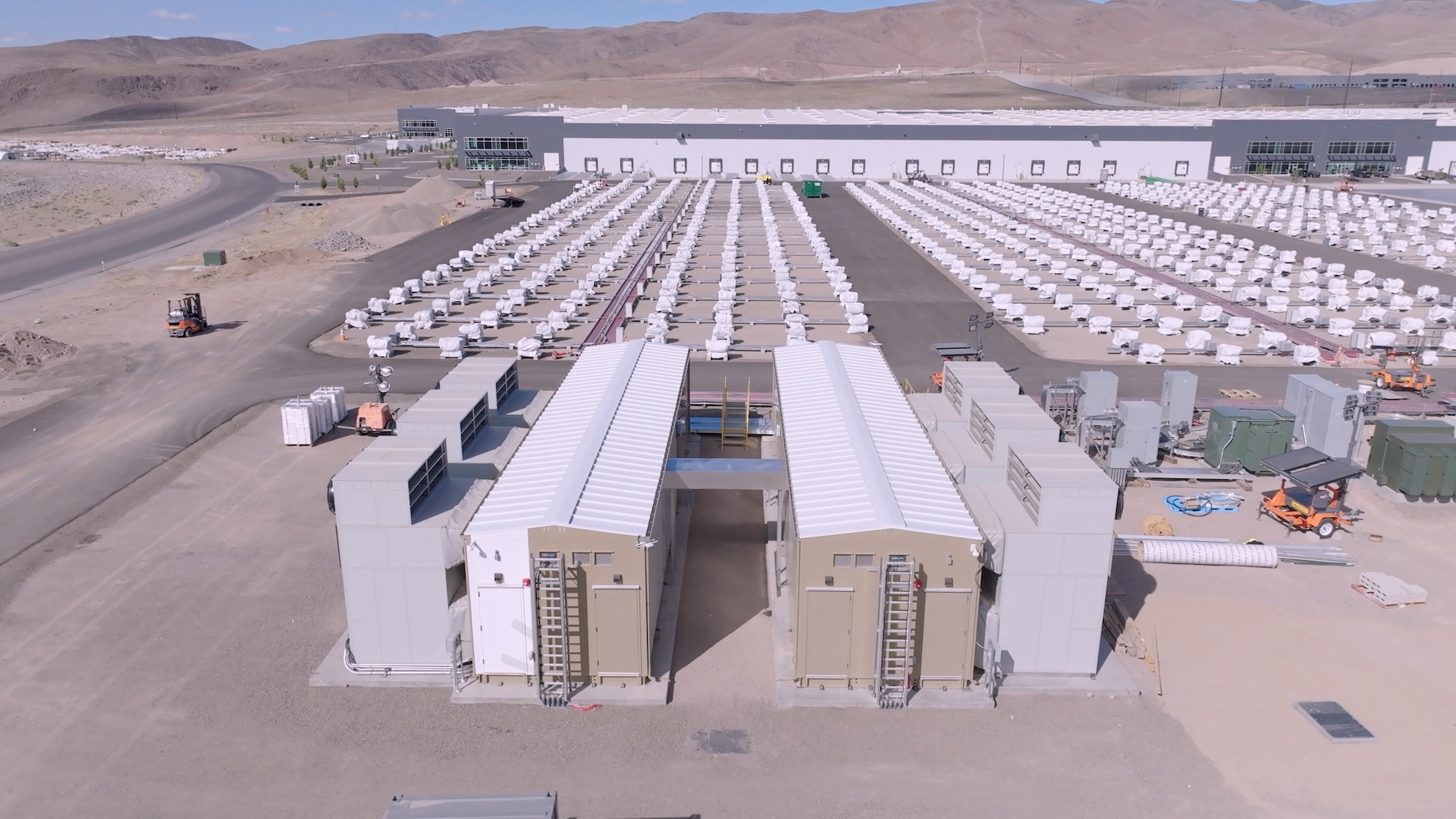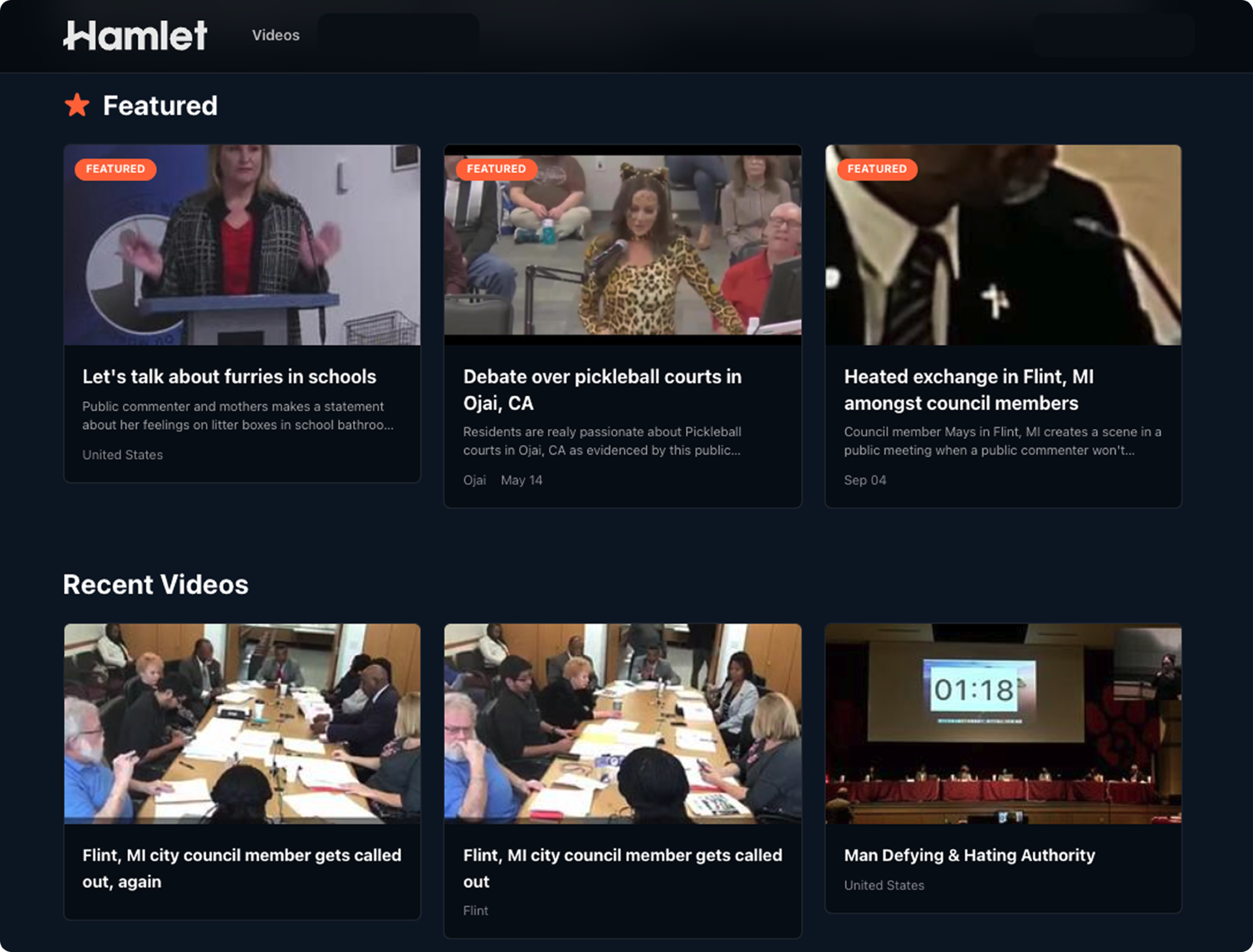
The picturesque city of San Rafael, nestled just north of San Francisco, confronts a silent but relentless threat: parts of its landmass are gradually subsiding. Specifically, areas like the Canal District, which borders the bay, have experienced a cumulative sinking of approximately three feet over time, a rate equivalent to about half an inch annually. This seemingly minor geological shift profoundly elevates the risk of inundation from rising sea levels, posing an existential challenge to the community and its infrastructure.
The Global Challenge of Sinking Coasts
San Rafael’s predicament is not an isolated incident but a microcosm of a much larger, global crisis. Coastal cities and communities worldwide face a dual assault from the oceans: accelerating sea-level rise and widespread land subsidence. Climate Central, a non-profit science and news organization, projects that by 2050, a staggering 300 million people could be exposed to routine coastal flooding. This confluence of environmental forces is driven by a combination of factors. Sea-level rise is primarily attributed to the thermal expansion of warming ocean waters and the melting of glaciers and ice sheets, a direct consequence of anthropogenic climate change. Concurrently, land subsidence often results from human activities such as excessive groundwater extraction, which compacts underlying aquifers, or natural geological processes like sediment compaction and tectonic shifts. Historic cities built on reclaimed land or river deltas, like Jakarta, Venice, and even major hubs such as New Orleans, are particularly vulnerable. The Intergovernmental Panel on Climate Change (IPCC) consistently highlights these trends, projecting continued sea-level ascent throughout the 21st century and beyond, making adaptation strategies not just advisable but imperative for urban survival.
Traditional Defenses and Their Limitations
For centuries, humanity’s primary response to encroaching waters has involved constructing physical barriers. Seawalls, dikes, and levees stand as enduring symbols of this engineering philosophy, from the iconic delta works of the Netherlands to the protective systems guarding cities worldwide. These structures, while often effective in their immediate purpose, come with substantial drawbacks. Financially, the scale of investment required is immense. Estimates suggest that defending U.S. coastlines alone from rising seas could cost upwards of $400 billion. Beyond the staggering price tag, these "hard" defenses often carry significant ecological and social consequences. They can disrupt natural coastal processes, leading to erosion in adjacent areas, altering delicate ecosystems like salt marshes and mudflats that serve as natural buffers and habitats. Socially and culturally, massive seawalls can sever communities from their waterfronts, obstruct scenic views, and fundamentally change the character of a city. Moreover, the "levee effect" can instill a false sense of security, encouraging further development in flood-prone areas, inadvertently increasing future risks. As the scale of the climate challenge intensifies, urban planners and environmental engineers are increasingly seeking more dynamic, sustainable, and integrated solutions that work with nature rather than against it.
Terranova’s Innovative Approach: Geotechnical Elevation
Amidst this escalating global challenge, a novel approach is emerging from Terranova, a startup proposing a radical alternative: instead of holding back the water, raise the land. This innovative concept, rooted in advanced geotechnical engineering, aims to counteract subsidence and elevate coastal communities above projected flood levels. At its core, Terranova’s solution involves the precise injection of a specialized slurry material into the subsurface, a process managed by autonomous robotic units.
The company’s proposal for San Rafael exemplifies this paradigm shift. While traditional seawall solutions for the city’s Canal District were estimated to cost between $500 million and $900 million—an unaffordable sum for a city of 60,000 residents, a significant portion of whom face economic hardship—Terranova has quoted a much more accessible $92 million to lift 240 acres by four feet. This substantial cost difference underscores the potential economic viability of their method. The startup recently secured $7 million in an oversubscribed seed funding round, led by Congruent Ventures and Outlander, with participation from GoAhead Ventures, Gothams, and Ponderosa, valuing the company at $25.1 million. This investment signals growing confidence in their disruptive technology.
The Science Behind the Lift
Terranova’s innovation isn’t merely about injecting material underground—a practice with historical precedents in civil engineering for ground improvement. Their distinctiveness lies in two key areas: the material composition and the deployment methodology. The primary component of their proprietary slurry is waste wood, an abundant and inexpensive resource. This wood waste is mixed with other undisclosed materials, forming a stable, injectable compound. The selection of waste wood is strategic, offering both cost efficiency and potential environmental benefits.
The deployment relies on sophisticated robotics. Tracked autonomous units, operating from a 20-foot shipping container, navigate work sites to drill wells ranging from 40 to 60 feet deep. Through these wells, the wood slurry is precisely delivered, displacing and compacting existing soil layers, thereby gradually lifting the ground above. This process is meticulously controlled by Terranova’s custom-developed software, which integrates public geographic information systems (GIS) data with subsurface geological information derived from core samples across California. This data feeds a genetic algorithm that optimizes injection patterns, ensuring uniform and controlled elevation. Urban planners and stakeholders can visualize and sculpt virtual landscapes using a SimCity-like interface, allowing for detailed planning and scenario testing before execution. Human operators remain on site for safety oversight, and the slurry reportedly consolidates within approximately two hours after injection, allowing for rapid project progression.
A significant environmental and economic facet of Terranova’s approach is the potential for carbon sequestration. As long as the wood slurry remains wet underground, it is expected to resist decay, effectively sequestering carbon that would otherwise be released into the atmosphere if the wood were to decompose or be incinerated. This allows the company to potentially generate and sell carbon credits, further offsetting project costs and aligning their solution with global climate mitigation efforts.
Economic Viability and Funding
The financial model proposed by Terranova is designed to make significant urban elevation projects more attainable for municipalities. By offering a solution at a fraction of the cost of traditional seawalls, they aim to attract a broader range of cities facing flood risks. The company plans to generate revenue by splitting project income with contractors, fostering a collaborative ecosystem for deployment. This model suggests a scalable approach, leveraging existing construction infrastructure while providing specialized technology.
The substantial seed funding round underscores the investor community’s recognition of the immense market potential for climate adaptation technologies. Firms like Congruent Ventures often focus on early-stage climate tech companies, seeing Terranova’s solution as a viable and potentially transformative tool in the fight against climate change impacts. The ability to reduce costs through automation, utilize inexpensive and sustainable materials, and potentially monetize carbon sequestration creates a compelling economic proposition. This innovative blend of environmental responsibility and financial prudence positions Terranova as a notable player in the burgeoning climate resilience sector.
Potential Impacts and Broader Applications
The implications of Terranova’s technology extend far beyond simply preventing floods in urban centers. From a social and cultural perspective, land elevation offers a way to preserve existing communities and their unique identities, contrasting with scenarios of managed retreat or the construction of imposing, divisive barriers. It allows cities to maintain their connection to the waterfront, albeit at a higher elevation, potentially safeguarding historical structures and cultural heritage that would otherwise be lost to rising waters.
Environmentally, the technology holds promise for broader ecological restoration. Wetlands, crucial ecosystems that provide natural flood protection, filter water, and support diverse biodiversity, are rapidly disappearing due to both subsidence and sea-level rise. Terranova’s method could be instrumental in remediating these vital habitats, raising the land to re-establish tidal flows and allow these ecosystems to flourish once more. This aligns with a growing movement towards nature-based solutions in coastal resilience. For urban planners, this technology offers a new, dynamic tool for climate adaptation, enabling a more flexible and integrated approach to city development in an era of rapid environmental change. It encourages rethinking how cities interact with their natural surroundings, fostering resilience through innovative engineering and ecological restoration.
Addressing Concerns and Future Outlook
Like any groundbreaking technology, Terranova’s approach is not without its complexities and areas requiring ongoing scrutiny. Some experts have raised questions regarding the potential seismic implications of injecting material underground, specifically whether the consolidated wood slurry could exacerbate earthquake shocks or influence soil liquefaction—a critical concern in seismically active regions like California. Laurence Allen, Terranova’s co-founder and CEO, acknowledges these concerns but suggests that their method might offer advantages over traditional dikes and seawalls, which also present structural risks during seismic events. Rigorous scientific validation and extensive geological modeling will be crucial to fully understand and mitigate any potential seismic risks.
Further considerations include the long-term stability and integrity of the injected wood slurry. While the company asserts that the material will not decay as long as it remains wet, long-term monitoring and research are essential to confirm this premise over decades. The scalability of wood waste sourcing and its environmental impact also warrant attention. While abundant, ensuring sustainable sourcing and processing without creating new ecological burdens will be vital. Additionally, navigating complex regulatory landscapes, securing environmental impact approvals, and fostering public acceptance will be significant hurdles for widespread adoption.
Despite these challenges, Terranova represents an exciting frontier in climate adaptation. The company’s year-long pilot testing of its robots and software provides a foundation for real-world application. As Allen, a San Rafael native, articulates, his personal motivation to "save the city" reflects a broader sentiment among innovators seeking to confront the profound challenges of climate change with ingenuity and determination. The success of such ventures could pave the way for a new era of urban resilience, where cities can adapt and thrive in harmony with a changing planet, rather than being overwhelmed by its forces.





